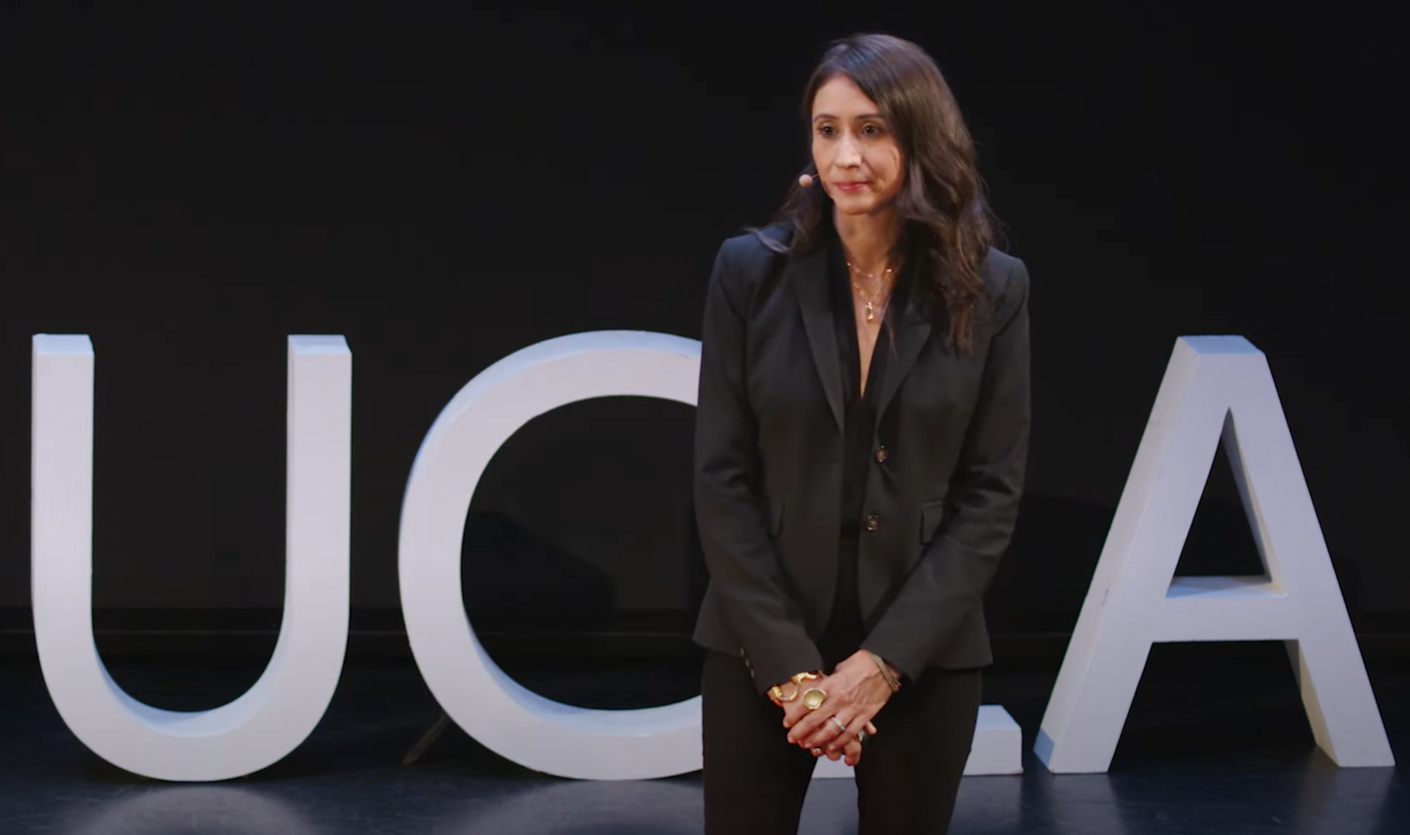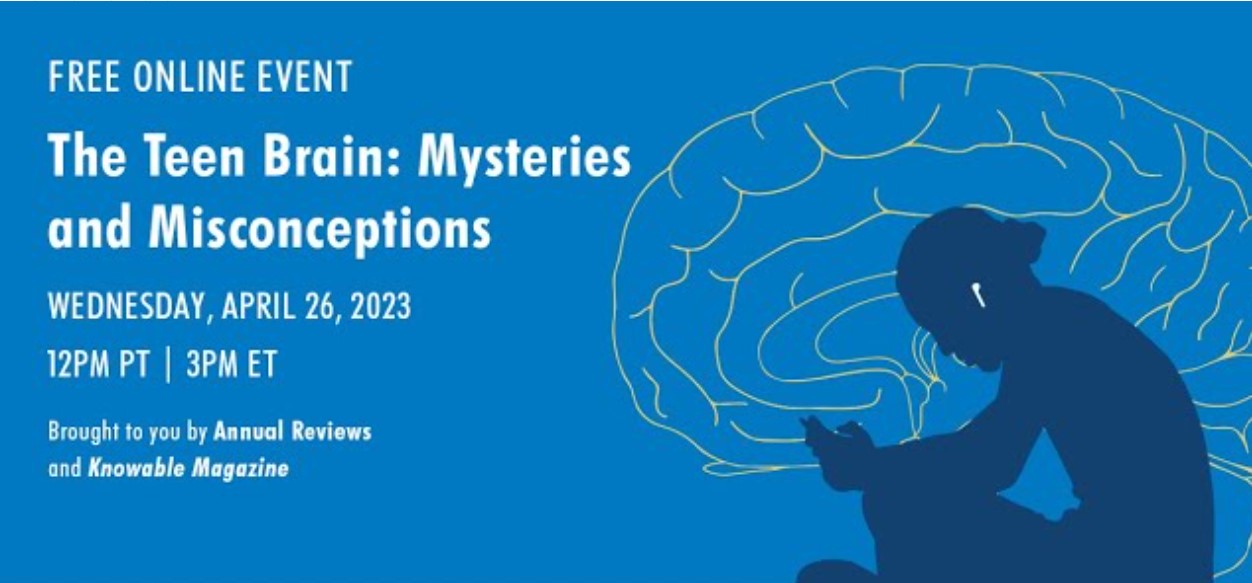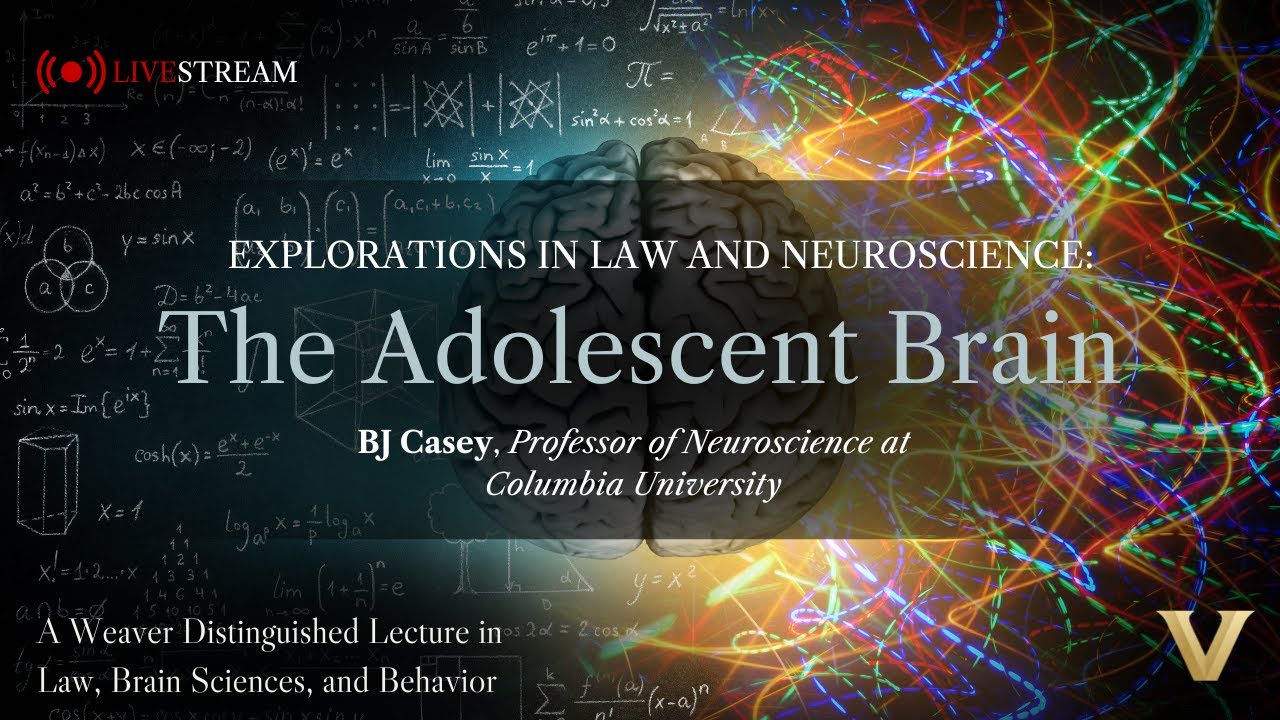
The Importance of Peers and Social Connections
WikiDromm,, Wikimedia Commons
Social connections and peer influences are crucial in adolescent development. While peer pressure can lead to negative behaviors, peer influence can also drive positive actions. Strong social bonds are essential, impacting mental health and overall well-being.
Par Kathleen Mazor, EdD, MS
Rédactrice collaboratrice
“At a stage in life where learning to connect deeply with others is critical, learning from and being influenced by one’s peers may well be as vital to social development as breathing is to physical survival.”
—Dr. Joseph Allen, professor of psychology at the University of Virginia.
Adolescents are especially sensitive to social stimuli, and peer pressure is often cited as a key factor in problematic or harmful behaviors during this period. But it turns out the story is not that simple.
First, it’s important to distinguish between peer influence and peer pressure. Peer influence refers to the impact that individuals within a group have on each other’s attitudes, behaviors, and values. Peer influence can be subtle, and can occur through association and observation, without explicit requests for conformity or other behaviors. Peer pressure, in contrast, involves a more direct force, where individuals feel compelled to conform to their peers’ expectations or requests, sometimes against their own wishes. Essentially, peer pressure is a specific form of peer influence, where those doing the influencing are intentionally pressuring or even coercing the recipient to act, believe or feel a particular way.
Both peer influence and peer pressure can yield positive, neutral or negative outcomes. While many adolescents encounter peers who engage in or encourage smoking, drinking, and unsafe sex, they also have peers who excel academically, train for athletic events, become vocal advocates for social causes, and exhibit other positive behaviors. These beneficial aspects of peer influence are often overlooked because the negative effects of peer pressure can be both harmful and striking.
Recent research has highlighted the positive effects of peer influence and the importance of strong peer connections. Dr. Joseph Allen emphasizes that intense peer connections are generally adaptive. He writes, “At a stage in life where learning to connect deeply with others is critical, learning from and being influenced by one’s peers may well be as vital to social development as breathing is to physical survival.” Similar to Jonathan Haidt, Allen suggests that the rise in depression and anxiety among adolescents may be linked to a lack of strong peer bonds and increased risk aversion. He argues, “the biggest social problem adolescents face currently appears not to be the intensity of their peer bonds, but rather the lack of these intense peer bonds.” Allen also proposes that the recent increases in adolescent anxiety and mental health issues may be less about time spent on social media, and more about the reduction in in-person interactions.
In addition to peer influence, it is important to recognize the impact of adults on adolescents. Dr. Eva Telzer, associate professor of psychology and neuroscience at the University of North Carolina Chapel Hill, has explored this area in her research. Her findings indicate that adolescents are about as likely to hold their parents’ attitudes as their peers’ attitudes, but they are even more likely to stick with their own attitudes. Dr. Telzer sums it up this way: “…rather than being… overly susceptible to what other people think in their social environment, especially their peers, adolescents are actually kind of sticking to their guns more often than they are to follow what their peers think or even what their parents think.”
Social Connections Are Critical

In 2023, the World Health Organization launched a Commission on Social Connection. This initiative aims to tackle social isolation and loneliness globally. Etienne Krug, director of the WHO’s Department of Social Determinants of Health, emphasized the widespread nature of these issues and their serious impacts on physical and mental health.
Recent studies show that encouraging positive social connections among young people can make a real difference. One promising approach is The Connection Project, a 12-week program that features 45- to 60-minute small group sessions led by trained facilitators. The sessions include activities designed to foster a sense of belonging and support. The program unfolds through three phases: creating a safe peer environment, enhancing social belonging, and consolidating relationships. Activities involve affirming personal values and sharing experiences to help students see they are not alone in their feelings. The aim is to help young people view their peer relationships as ongoing sources of support.
In one study, high school students were divided into two groups; one group participated in the Connection Project, the other remained in their regular classes. Four months later, those in the Connection Project reported better peer relationships, higher academic engagement, and fewer depressive symptoms compared to students who stayed in their regular classes. The researchers argued that “the intense motivation and interest that peer relationships engender in adolescence provide a tremendous, and relatively untapped, potential context for positive youth development.”
In a second study, researchers implemented the Connection Project with college students, specifically first-year and transfer students. They found that participants reported greater increases in their sense of belonging, and reduced loneliness and depressive symptoms.
Social connections are critical during adolescence and beyond, and the strength of those connections seems to be especially important. Researchers reported that those with fewer or less stable close friendships in adolescence at age 13 were more likely to experience negative affect (measured via a trait anxiety scale) in adulthood.
Strong social connections can have a lasting impact on well-being, highlighting the need for programs that help people develop these bonds from a young age.
In the series: The Challenges of Adolescence
Further Reading »
External Stories and Videos


The Adolescent Brain: A Thriving Look | Adriana Galván | TEDxUCLA (2022)
Neuroscience tells us there is joy in not knowing what is coming next. Uncertainty is part of what makes life interesting. Yet, most adults describe a strong feeling of discomfort around uncertainty. On the other hand, adolescents thrive on uncertainty; it is their superpower. How might we embrace uncertainty as our superpower and, along the way, better understand the adolescent brain? Dr. Adriana Galván, PhD, is a professor of psychology at UCLA whose expertise is in adolescent brain development.


The teen brain: Mysteries and misconceptions—Dana Foundation (2023)
Speakers: BJ Casey, Neuroscientist, Barnard College-Columbia University and Diana Chao, Mental Health Activist and Founder of Letters to Strangers. Moderated by Emily Underwood, Science Content Producer, Knowable Magazine.
A conversation about the teenage brain’s strengths and vulnerabilities, how adults can support teenagers with mental health issues, and how teens can help one another.


Understanding the Teenage Brain with Eva Telzer, PhD (2022)
There’s a common stereotype is that teenagers’ brains are immature and underdeveloped, and that teens are “hard-wired” to take unwise risks and cave to peer pressure. But psychologists’ research suggests these negative stereotypes are unfounded and that the teen years are a time opportunity and growth as well as risk. Eva Telzer, PhD, explains why teens take more risks and why that risk-taking is sometimes beneficial, why parents have more influence than they think, and how social media and other technology use may be affecting teens’ behavior and development.


Speaking of Psychology: How social media affects teens’ mental health, with Linda Charmaraman, PhD (2021)
The vast majority of US teens have access to a smartphone and at least one social media account, and recent headlines seem to confirm parents’ worst fears about the effects of all that time spent online. But psychologists’ research suggests that there are nuanced answers to the question of how social media affects teens’ mental health and well-being. Linda Charmaraman, PhD, director of the Youth, Media, and Wellbeing Research Lab at the Wellesley Centers for Women, discusses how teens use social media today, its impact on their mental health, and what parents, educators and others can do to maximize its benefits and minimize its potential harms.


Explorations in Law and Neuroscience: The Adolescent Brain with BJ Casey, Sept 11, 2024
Nationally renowned neuroscientist BJ Casey’s lecture highlights unique vulnerabilities along with tremendous opportunities for growth and change in adolescents; clarify the current state of the science on typical behavioral and brain development during adolescence that extends beyond 18 years of age; and demonstrate that behavior, personality, and psychopathic traits are dynamic and show continued change beyond adolescence. The science was discussed in the context of rethinking the ways in which young offenders are treated in the justice system.


Are smartphones ruining childhood? Jonathan Haidt, 2024
Social psychologist Jonathan Haidt's latest book, The Anxious Generation, is shaping cultural conversations and sparking fierce debates about the role of smartphones in society. In this timely conversation, he investigates how a smartphone-based childhood, amplified by overprotective parenting, is driving the mental health crisis among young people. He also explores the push for phone bans in schools and the concrete steps we can take to improve the mental health of young people around the world.
